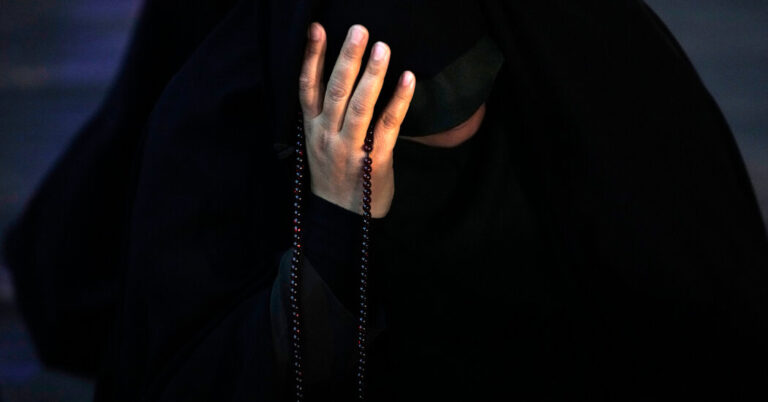The crash of a helicopter carrying Iranian President Ebrahim Raisi could hardly have come at a more volatile time for the Islamic Republic.
Sunday’s episode left the fate of Mr. Raisi – who many analysts believed to be becoming Iran’s next supreme leader – uncertain amid economic miserywidespread public discontent and geopolitical tensions which had pushed Israel and Iran to exchange rare direct attacks.
If the president dies, the vice president takes over and must hold elections within 50 days, said Ali Vaez, Iran director of the International Crisis Group, an independent conflict prevention agency.
This, he said, would pose “a major challenge for a country that finds itself in the midst of a serious domestic legitimacy crisis and is at loggerheads with Israel and the United States in the region.”
Over the past two years, the country has witnessed a domestic uprising, with the Iranian currency plunging to a record low, water shortages intensified by climate change and the deadliest terrorist attack since the founding of the Islamic Republic in 1979.
March’s parliamentary elections showed how serious the crisis of legitimacy had become for Iran’s ruling class after the fall of millions of Iranians. boycotted voting and a far-right faction made notable gains.
“This shows how unpopular the Islamic Republic is currently in its country,” Vaez said, describing “a growing gap between state and society.”
The economy remains in ruins because of American sanctions, mismanagement and corruption. The Iranian currency fell to a record low in late March, as the Iranian population celebrated the Persian New Year. Inflation in the country has been painfully high for years, often exceeding 30 percent.
Prospects for a return to an agreement with the West to limit Iran’s nuclear program, which would lead to sanctions relief, appear dim.
In 2022, the death of a 22-year-old woman, Mahsa Aminiin the custody of the country’s morality police, caught fire for months protests across the country, led by women and girls who threw down their headscarves in defiance and demanded an end to the Islamic Republic regime. The government responded with violent repression – just as was the case to suppress the demonstrations in 2019.
And in January, two explosions in the city of Kerman killed more than 80 people and injured more than 200. Islamic State, Iran’s declared enemy, claimed responsibility.
The attacks between Israel and Iran this spring were the latest development that pushed the country to boiling point – and marked a break from the shadow war the two countries have been waging for decades, raising fears of a regional conflagration coming out of Gaza.
Iran supports and helps arm Hamas, the Palestinian group that led the October 7 assault on Israel, which responded with a bombing campaign and invasion of the Gaza Strip, killing more than 35,000 Palestinians. according to Gaza health authorities. Iran also supports armed groups in the region that have declared solidarity in the battle against Israel, including Hezbollah in Lebanon and the Houthi militia in Yemen.
But analysts say Iran wants to avoid getting drawn into all-out war.
In April, Iran responded to a Deadly Israeli attack on its embassy complex in DamascusSyria, by launch a barrage of more than 300 drones and missiles directly to Israel for the first time. Few of Iran’s drones and missiles have hit their targets — a fact that military experts and defense officials say is a fact. probably by design.
The accident also raises questions about who will become Iran’s supreme leader after 85-year-old Ayatollah Ali Khamenei, Vaez said. Mr. Raisi was considered a possible successor.
Mr Vaez said Mr Raisi was seen as “predictable for the system – and that is why he was chosen as president and was groomed for the top job”.
Farnaz Fassihi reports contributed.


